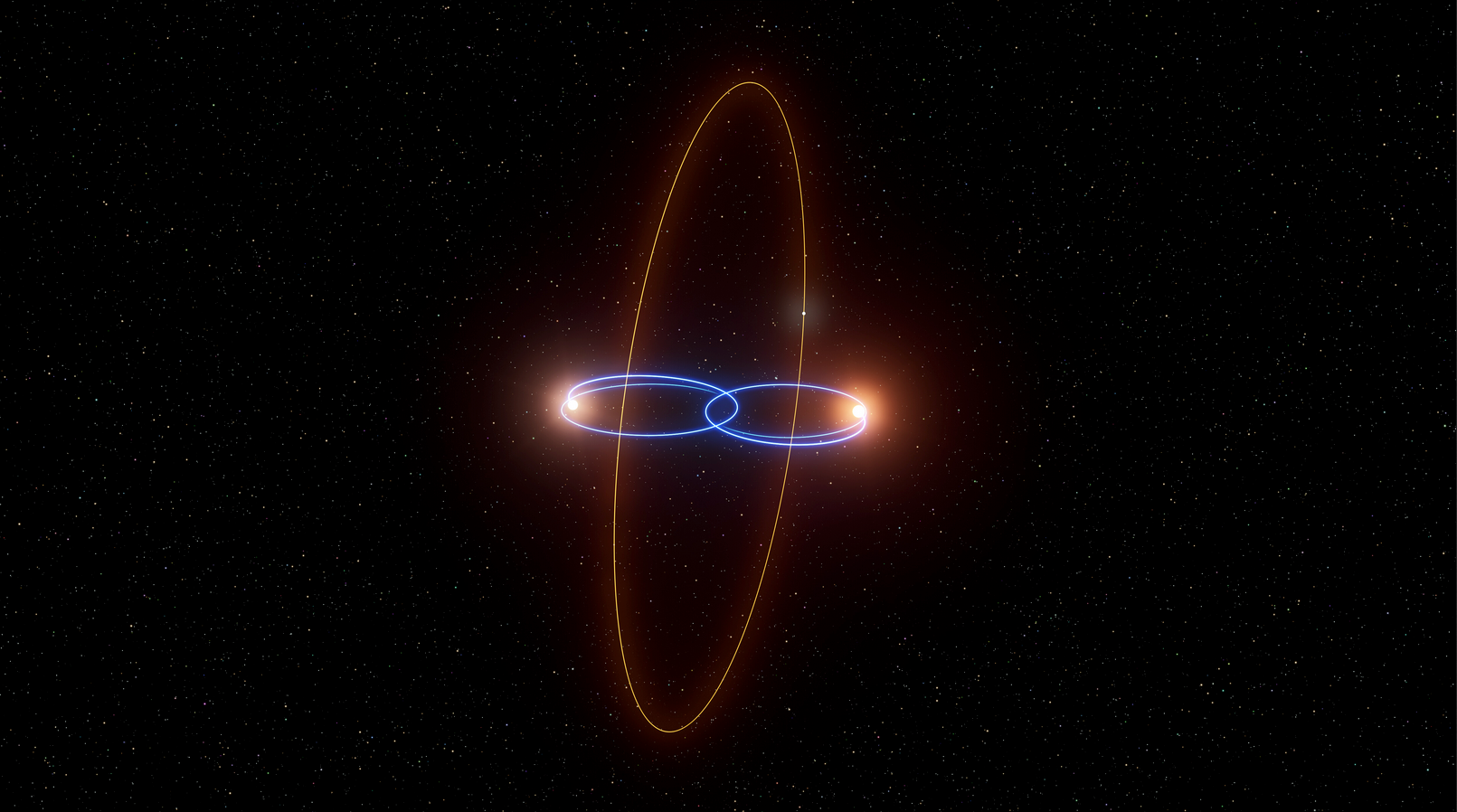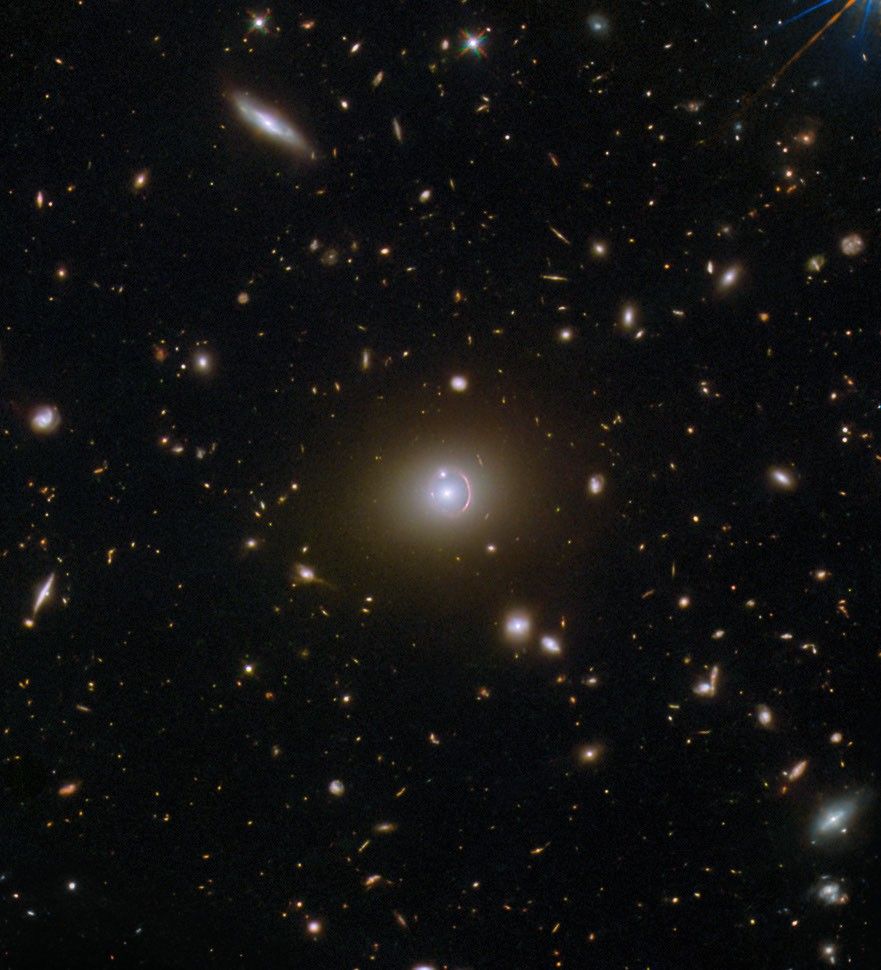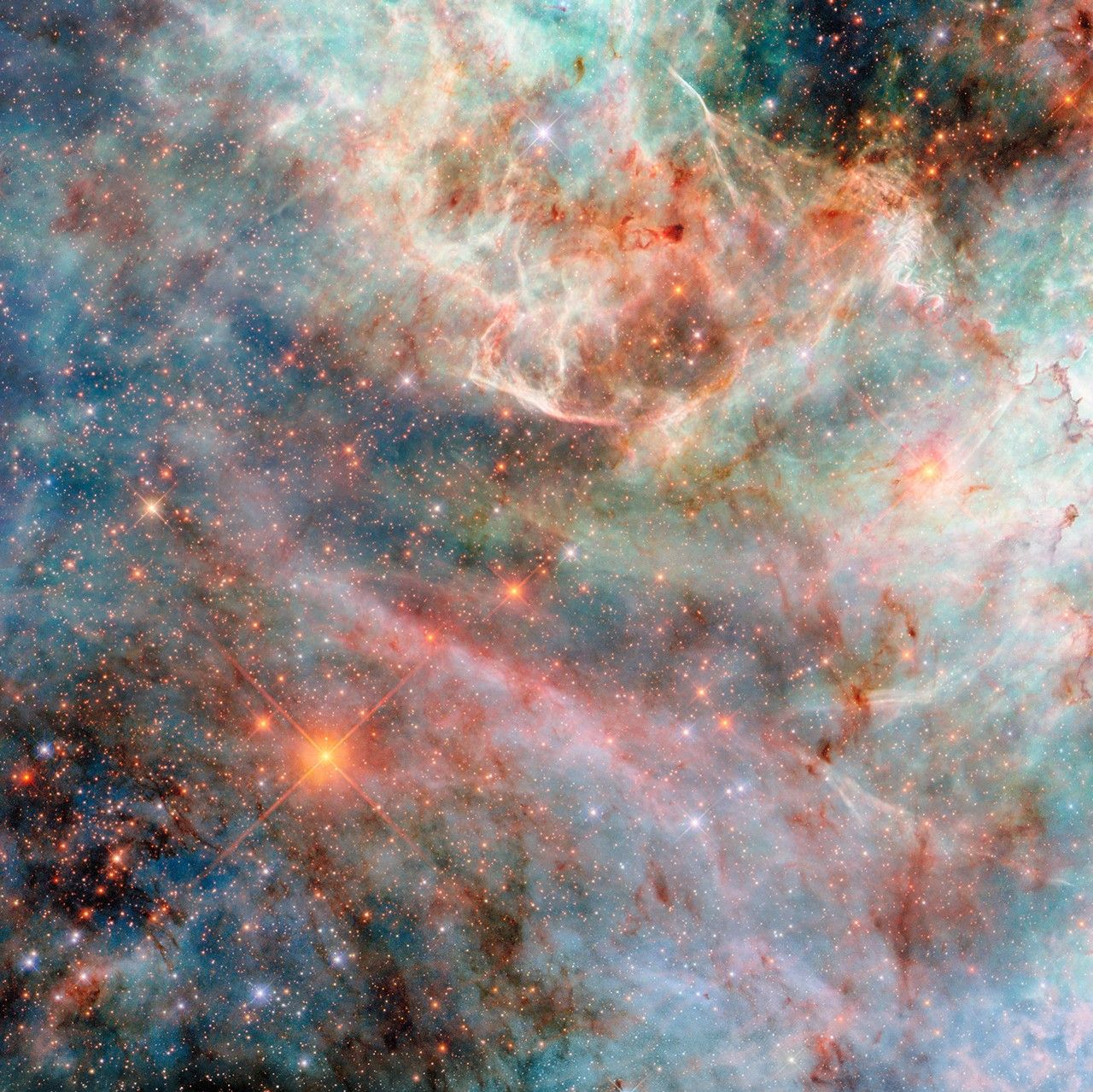2 min read
How big is space?
Space is really big. Thinking about our solar system, let's imagine you could get in a car and drive to Pluto at highway speeds. It would take you about 6,000 years to get there.
When we start to think about other stars outside of our solar system, we need to think about
another unit of distance. This is why astronomers use the unit light-years.
Light travels at 186,000 miles per second. One light year is about 6 trillion miles. The closest star to our Sun is about four light years away.
Our own Milky Way galaxy is about 100,000 light-years across.
We know from deep field images of the universe that there are hundreds of billions, perhaps a trillion other galaxies.
Using some of the deepest images yet from the James Webb Space Telescope, we've been able to see galaxies that emitted their light about 13 and a half billion years ago.
Now, here's a really important thing. Because the universe is expanding, those most distant galaxies are actually much further away than 13 and a half billion light years.
I'm glossing over some math here, but we can estimate that the observable universe is about 92 billion light-years across. But we're pretty sure that the universe is even bigger than what we can see.
And here's where things get really weird, we don't actually know if the universe is finite or infinite.
As much as we've learned about the universe, science has no reliable estimate of the actual size of the entire universe.
[END VIDEO TRANSCRIPT]









